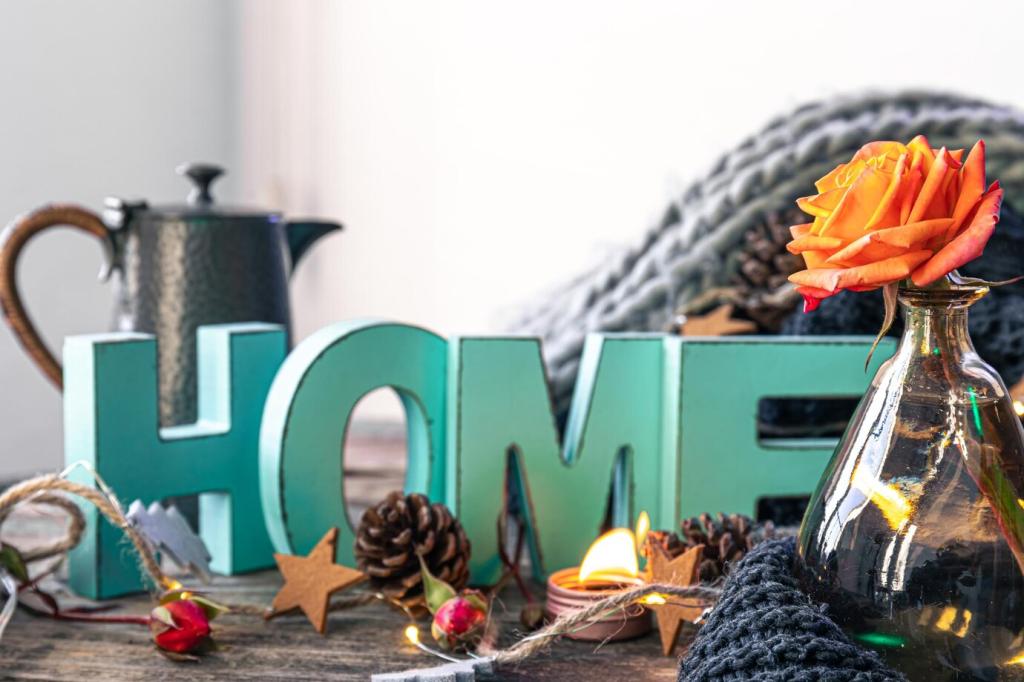Scandinavian Minimalism in Art Therapy Rooms
Simplicity as Psychological Safety
Uncluttered sightlines and pared-back surfaces soften the nervous system, lowering visual load so clients can locate feelings instead of distractions. When shelves hold only what matters, attention turns inward, and the table becomes a safe, clear stage for expression.
Function First, Feelings Follow
A place for every brush, a cart for every medium, and tools that are easy to reach without rummaging. Clear organization reduces decision fatigue, helps clients maintain momentum, and communicates dignity through design that respects effort and time.

This is the heading
Lorem ipsum dolor sit amet, consectetur adipiscing elit. Ut elit tellus, luctus nec ullamcorper mattis, pulvinar dapibus leo.

This is the heading
Lorem ipsum dolor sit amet, consectetur adipiscing elit. Ut elit tellus, luctus nec ullamcorper mattis, pulvinar dapibus leo.
Materials and Texture: Honest Tactility, Gentle Care

Honest Materials, Honest Emotions
Choose oak, ash, cork, linen, and stone with low-VOC finishes that age gracefully. Their natural grain and subtle irregularities model acceptance of imperfection, encouraging clients to honor process over polish while breathing cleaner air during long sessions.
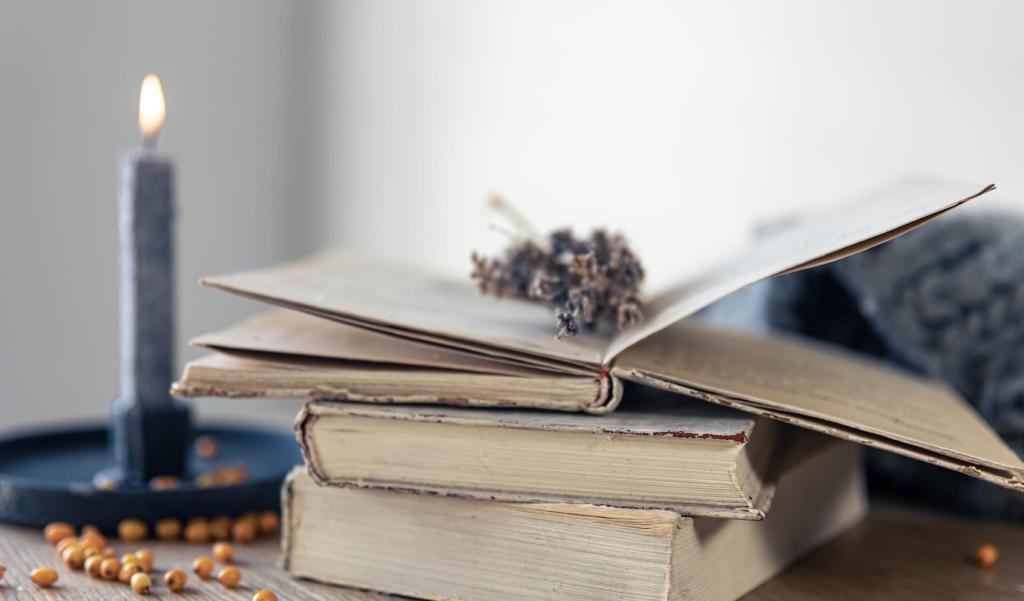
Textural Contrast for Grounding
Pair smooth tabletops with felt pinboards, wool rugs, and hand-thrown bowls for chalk or pastels. These grounded textures become anchors in activation, helping clients return to the moment by engaging palms, fingertips, and breath with tactile reassurance.
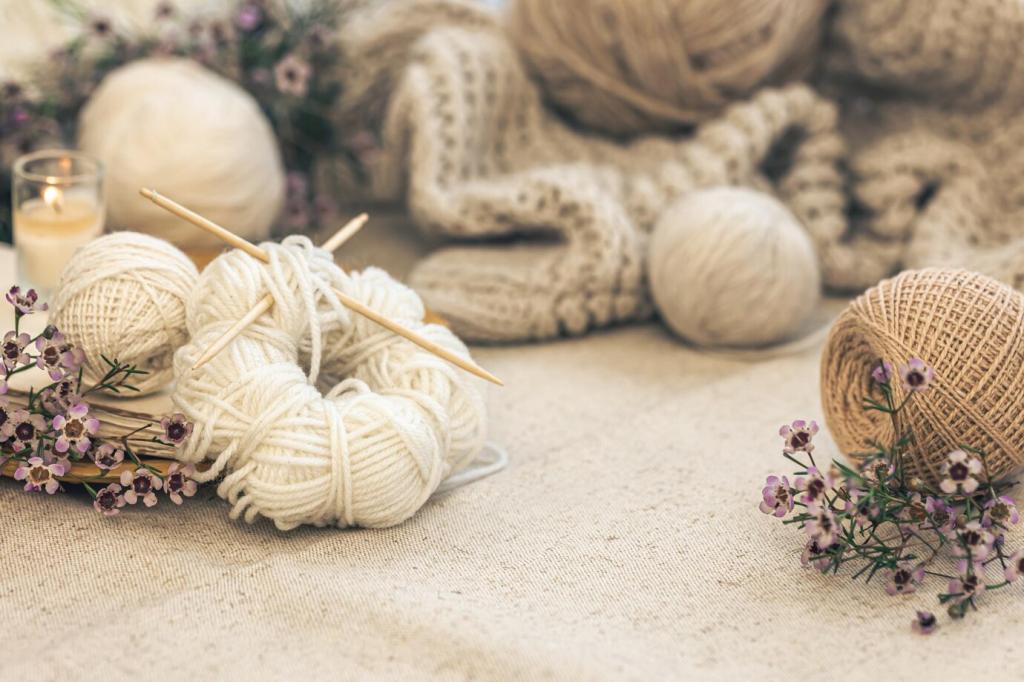
Therapeutic Cleanability
Select wipeable matte finishes, washable slipcovers, and sealed flooring that tolerate spills without stress. When cleanup is quick and quiet, clients feel permission to explore messier media, and the session ends with a restorative sense of order and closure.

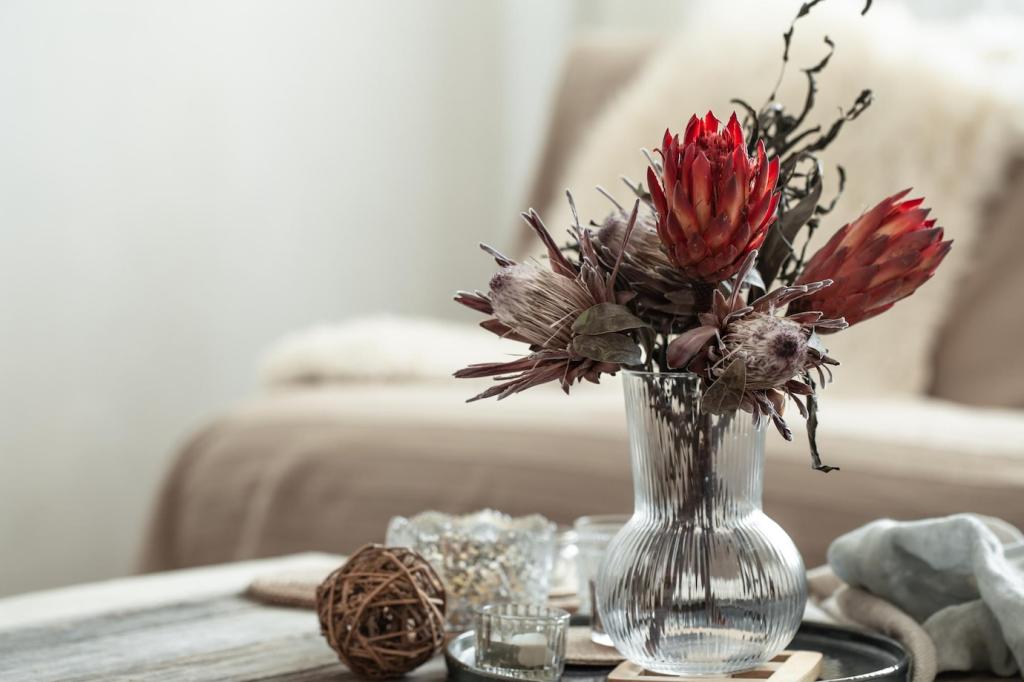
Layout and Flow: Zones for the Creative Journey
Begin with a small, uncluttered entry: a bench, a hook, a soft rug, and a shallow shelf for phones. A single plant and a breath cue on the wall invite transition, signaling that here, pace slows and presence matters.
Layout and Flow: Zones for the Creative Journey
Place a sturdy, wipeable table at the heart, with movable carts for paints and clay kept within arm’s reach. Keep water, towels, and bins nearby to support experimentation, while leaving empty surfaces that visually say yes to starting.
A Teen Finds Focus at a Blank Table
Overwhelmed by school, a teen froze at busy desks. In a pared-back room, one brush and one tray waited. The blank table felt like a deep breath. He started with ink washes, saying the white around his lines made thoughts gentler.
Grief Group and the Birch Shelf
A simple birch ledge held candles and tiny clay tokens. Each week, one object joined the line. The uncluttered shelf became a ritual of remembering, and the soft grain steadied trembling hands when words felt too heavy to carry.
Therapist Burnout Eases with Less
A practitioner replaced crowded bins with a single, rotating palette. Fewer choices meant deeper presence. She noticed sessions ended earlier with satisfying closure, and clients described the room as kind, as if the space itself listened without interruption.
Sustainability and Ethics: Minimalism with a Conscience
Invest in durable, repairable tools and furniture with timeless lines. A single well-made easel or table prevents waste, reduces long-term costs, and teaches clients that quality and care are forms of respect for themselves and their creativity.
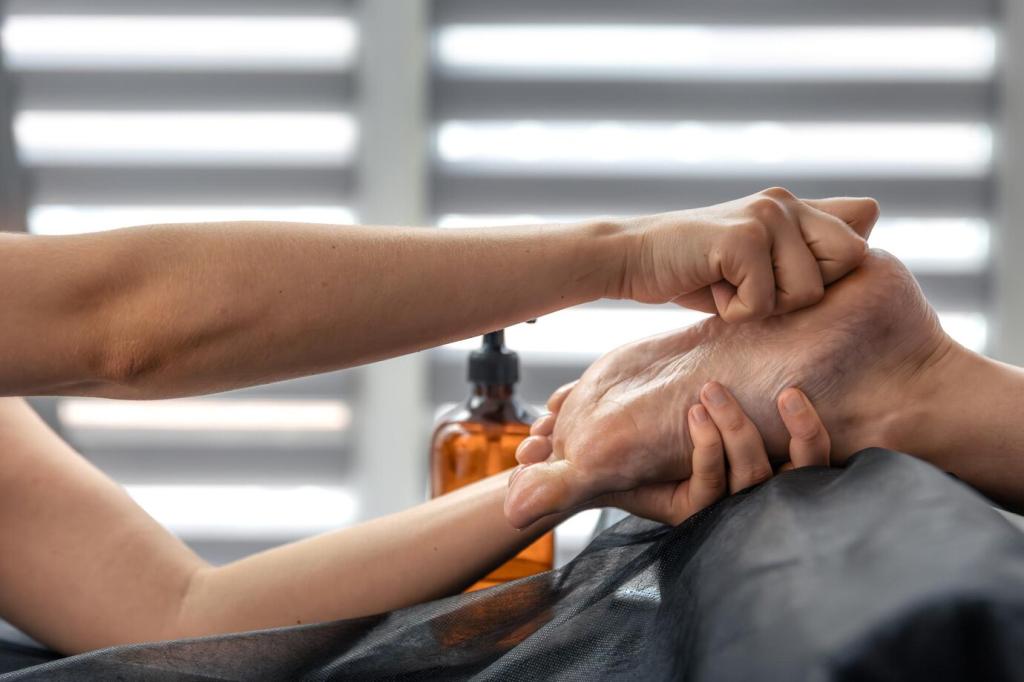
Sound, Scent, and Silence: The Sensory Minimalist Toolkit
Layer sound-absorbing rugs, felt panels, and curtains to reduce echo without heavy visual elements. A small white-noise source outside the door protects confidentiality, while the room’s soft hush invites the whisper of brushstrokes to be heard.
